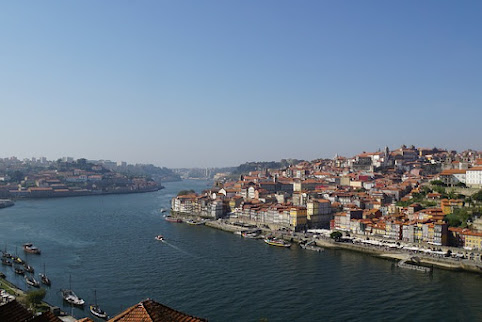More Years Of Prosperity
In 1921, the company was merged with the First Bohemian-Moravian Machine Factory in Prague and the company was renamed Českomoravská-Kolben. Emil Kolben--after being removed from the EAS management in 1919--was appointed Director of Electrical Engineering. In 1922, the company entered into a technical cooperation agreement with the American Westinghouse. In 1923 the company develops a project of the thermal power plant in Ervnice and in the next year starts working on a railway electrification project. Two years later, he delivered the first electric locomotives.In 1927 another merger took place. The Czech-Moravian-Kolben-Daněk (ČKD) was founded by the Strojírna Joint Stock Company, formerly Breitfeld, Daněk and Co. Emil Kolben became CEO. At the time of its biggest boom, it had 12,000 employees and had a very wide assortment in line with the periodic slogan “We can make everything from a pin to locomotive”. In 1930, the company even started the production of aircraft and in 1932 it had a significant share in the electrification of Slovakia. Since 1935, the company supplied tanks and in 1936 the first trolley buses for Prague were created.
In light of his accomplishments, Kolben said this on his 75th birthday:
“Armed with extensive knowledge and experience in all heavy-current electrical engineering sectors and keeping pace with the state-of-the-art advancement in the manufacture of electrical machinery and equipment, I thought in August 1896 that I would give my rich knowledge and experience to the service of my Czech homeland.
There were only a few smaller electrotechnical productions in Austria at that time, and only at an early stage of development. It seemed to me best to set up a modern electrotechnical factory in the middle of a large industrial area, in the traditional office of highly developed engineering: in Prague.
This was the result of the factory which became the basis of today's largest Czechoslovak electrotechnical enterprise.”
The End Of Emil
Since autumn 1938, during the growing Anti-Semitic sentiments cultivated by the Nazis, many people have suggested that Kolben emigrate. But he refused, as he was a proud Czech-Jewish patriot. His son Hanuš and younger daughter Lilly and his families did not want to leave their father. Only the older Greta and his family emigrated to England in May 1939.After the protectorate of Bohemia and Moravia was established by the Nazis, Kolben had to leave ČKD due to his Jewish heritage. He had to sell his shares in Káblovka and the Electrical Insulation Company. In August 1940, his wife Malvina died. In 1942, his son-in-law Vilém Lieder-Kolben and two grandchildren were arrested and deported. On June 6, 1943, Emil Kolben and his son Hanuš and grandson Jindřich were deported to the concentration camp of Terezín.
Kolben was already at the age of 80.
Although the Protectorate Government had requested an exception for him, it was not granted. Emil Kolben died on July 3, 1943, at the age of 80, in the Podmokel Barracks in the Terezín Ghetto. According to the testimony of his son Jindřich, he had, besides a few personal belongings, a briefcase with 180 shares of the ČKD company.
Strančice is still home to Kolben's birth house and the local synagogue – now without a community – where the Kolben family prayed for generations. A metro stop in Prague is named in honour of Emil Kolben. It is the “Kolbenova” metro station in Vysočany, on the “yellow” B line. His bust is at the foyer of the metro stop. The street in Vysočany, which runs along the area where Kolben's factory was standing, was renamed to Kolbenova in 1989 already. According to the information on the Prague 9 site, a memorial to commemorate Emil Kolben is going to be built.
Emil Kolben was without a doubt the most influential, successful and unequalled of Czech inventors, whose fame is – or at least should be – international. While on a kosher tour through Prague, do not forget to learn about this fascinating story. For if it was not for him, the Czech Republic might not be enjoying the prosperity it has today!
Here are the 3 Parts of the article:
Emil Kolben: The Czech Nikola Tesla (Part 1)
Emil Kolben: The Czech Nikola Tesla (Part 2)
Emil Kolben: The Czech Nikola Tesla (Part 3)










